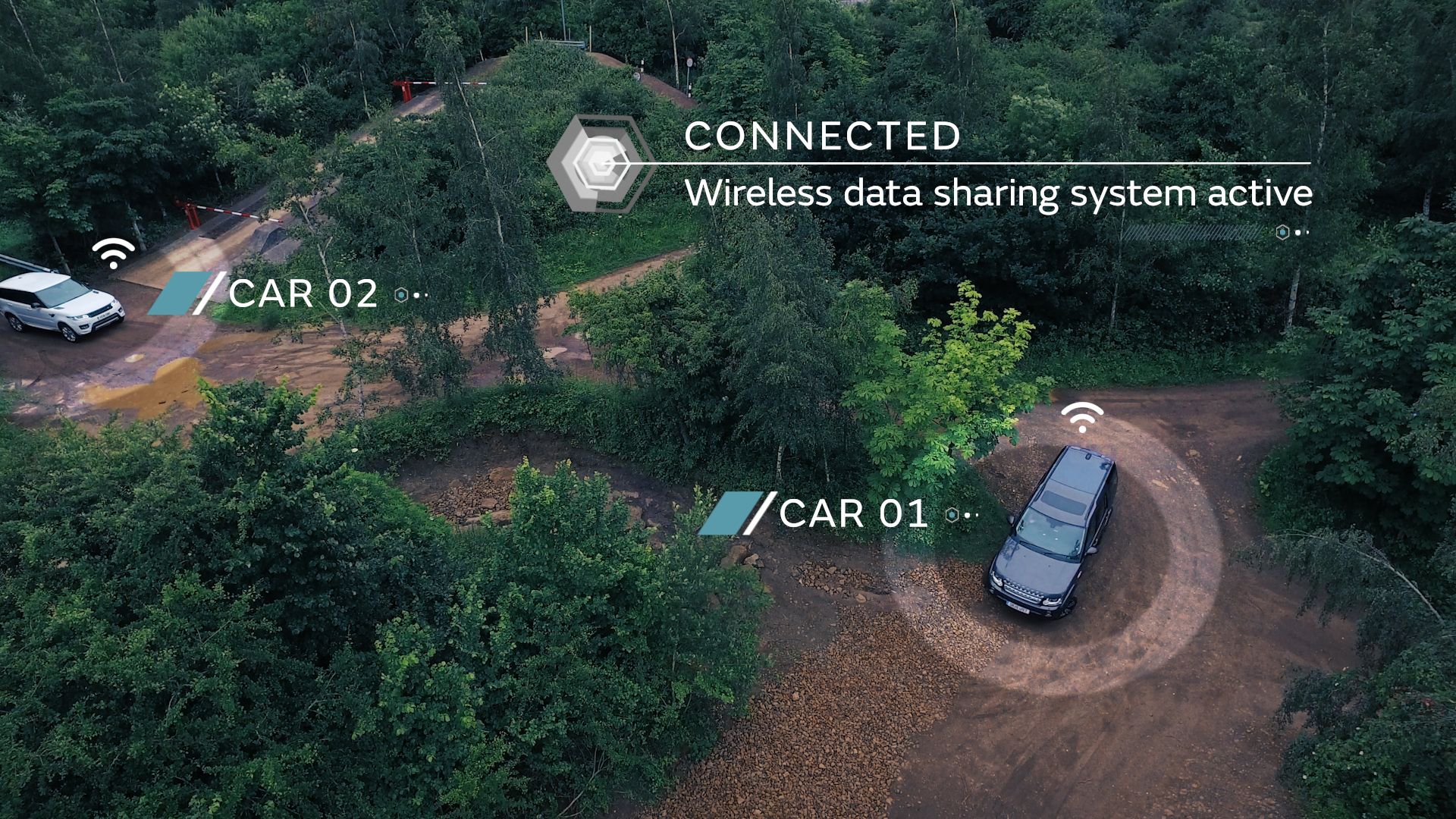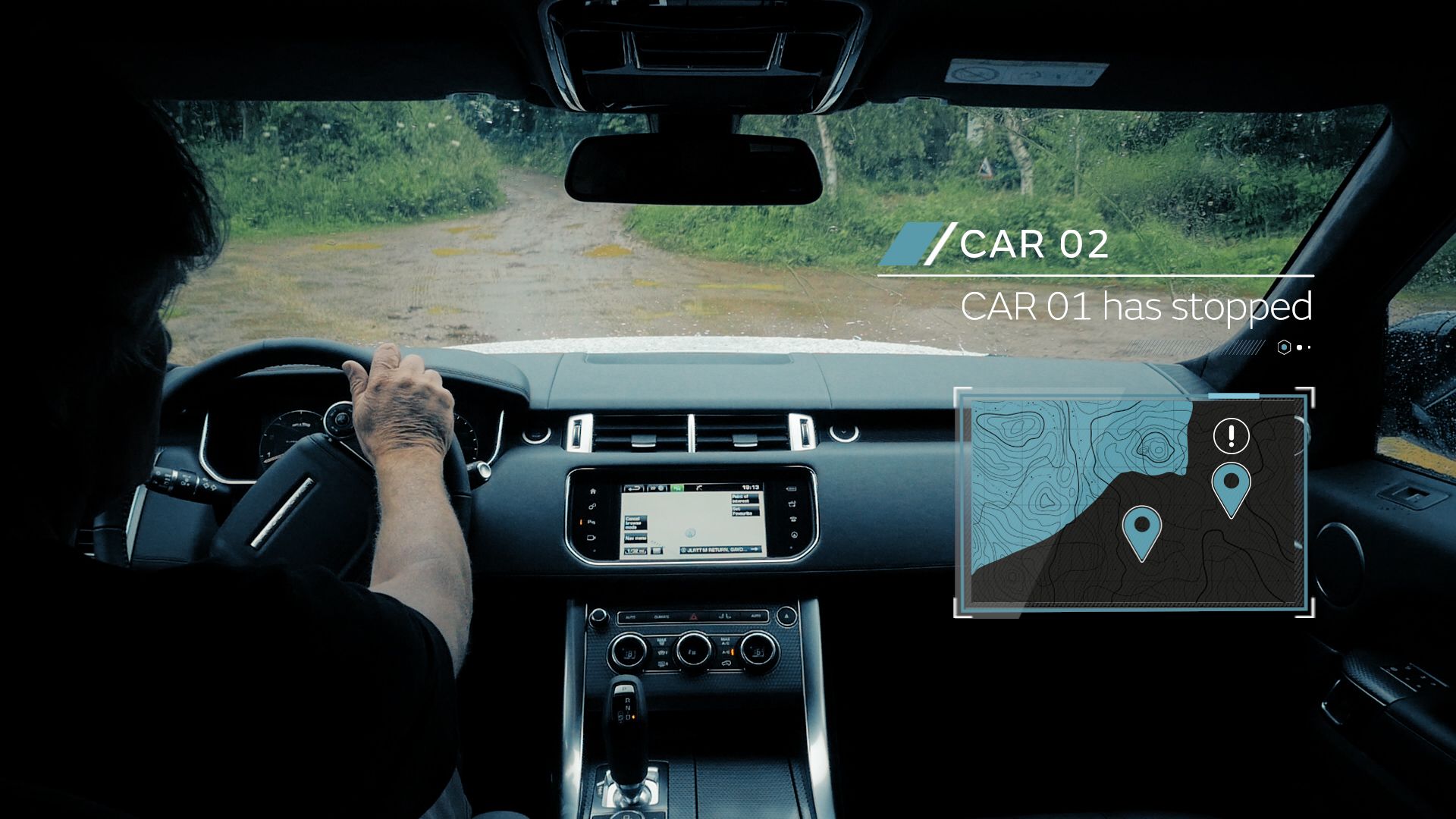Jaguar Land Rover is no stranger to investing in futuristic technologies in recent years. You’ll likely recall Land Rover’s Transparent Bonnet and remote control operation. Well the automaker is now working to bring autonomous driving off the beaten path.
These self-driving technologies are designed to help drivers navigate terrain in which they might feel uncomfortable traversing, with the ultimate goal of having the vehicle travel on any type of terrain under autonomous control – even if that includes a rocky riverbed.
“Our all-terrain autonomy research isn’t just about the car driving itself on a motorway or in extreme off-road situations,” says JLR’s head of research, Tony Harper. “It’s about helping both the driven and autonomous car make their way safely through any terrain or driving situation.”
JLR accomplishes this with 3D sensing that combines cameras, ultrasonic sensors, radar, and LIDAR sensors. This gives the vehicle’s computer a 360-degree view of the surrounding terrain. The system is said to be so sensitive that it can determine surface characteristics down to the width of a tire, regardless of rain or snow.
The computer then uses this view to select the proper settings for the Terrain Response system, which includes ride height on air suspension-equipped vehicles, 4WD engagement, ABS settings, and Hill Decent control, among other settings.
What’s more, JLR is working on vehicle-to-vehicle communications in conjunction with this autonomous driving system. The V2V network would allow following vehicles in a convoy to preemptively adapt to upcoming road conditions well in advance. The full explanation of the system is found in the press release below.
Continue reading for more information
Why It Matters
Jaguar Land Rover undoubtedly see a future in autonomous vehicles capable of traversing nearly any terrain. It’s a groundbreaking idea – far more adventurous than typical road-based autonomous systems under development by other automakers. It’ll be interesting to see when (or if) JLR accomplishes its goal.
And why JLR might look foolish for developing an autonomous system for off-road applications, it makes great sense to have a vehicle be able to drive itself without the aid of perfectly painted markings on a well-paved road. Think about all the tight one-lane roads in Europe or the dirt roads in rural areas in Africa. This system will in theory work in far more places than a typical autonomous system. For that, the rest of the industry will be trailing behind.


